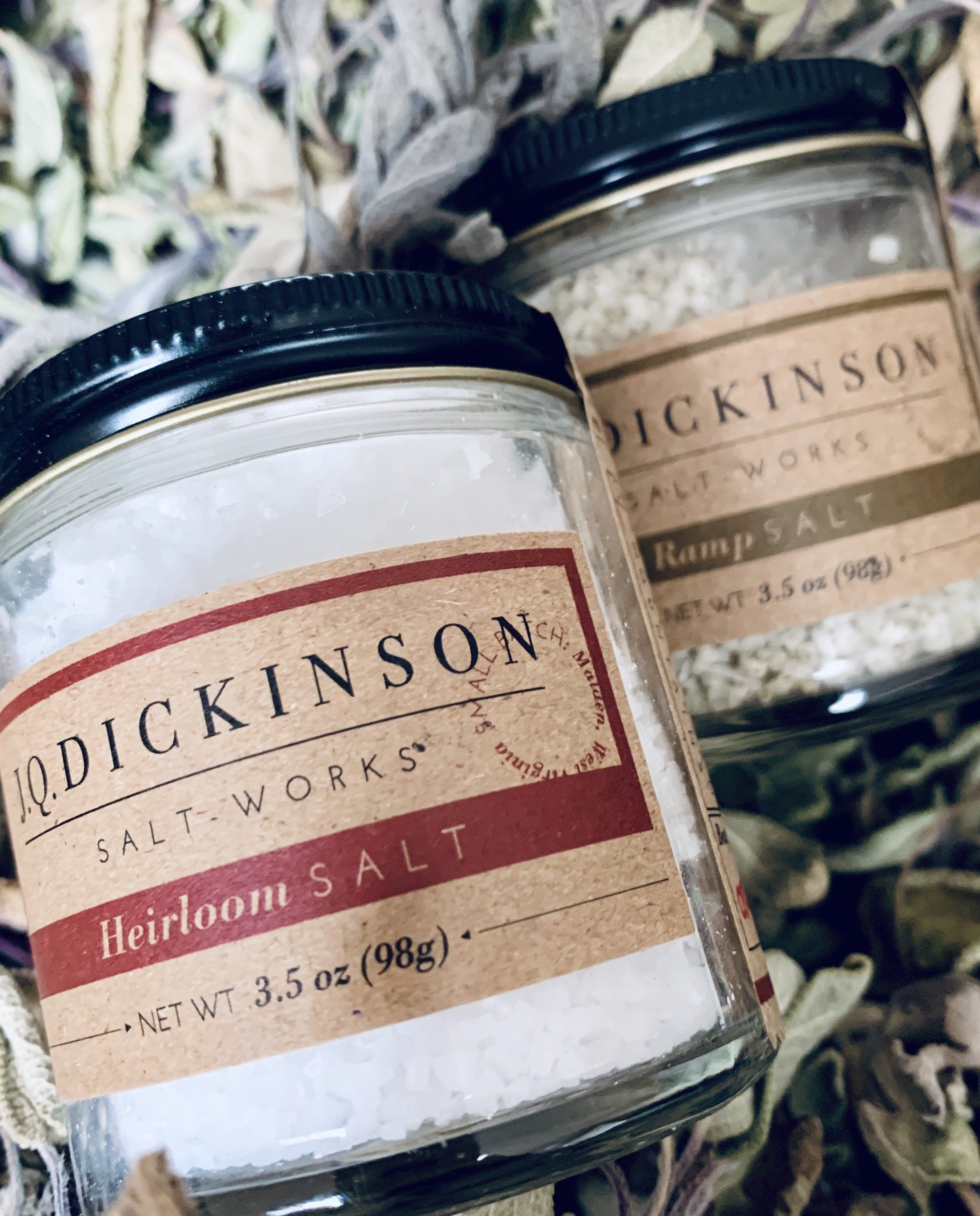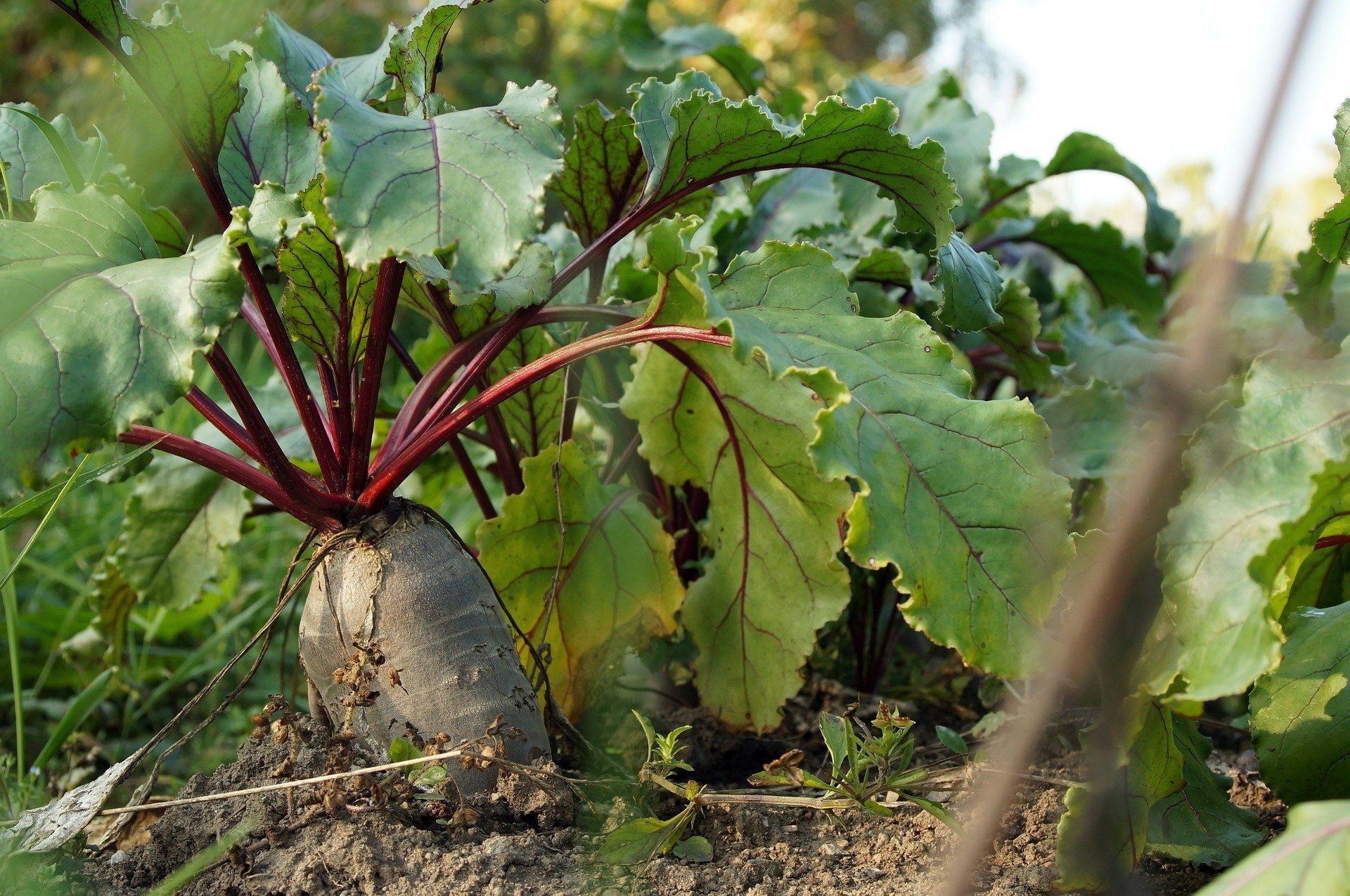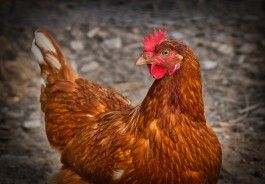Welcome back, Farm-ily,
We've missed you over the last week! We hope you played in the sunshine (and maybe the puddles, too) during our harvest hiatus. Here on the Farm, we've been busy chasing chickens.
One of many reasons that we moved our livestock base to the main farm at the Grange this year is to better facilitate, and benefit from, using managed grazing practices for our hens and hogs. Are you familiar with the farming term "rotational grazing"? The definition is exactly what you're imagining: moving grazing animals from one portion of pasture to another. There are great benefits to the animals in this system because of their increased freedom of mobility, better sanitation, and access to more nutrient dense forage; rotational grazing also provides restorative support to the soil itself.
Many farmers would say that true rotational grazing requires moving livestock on schedules shorter than the growth cycle of their forage (weekly). Our small-scale livestock program involves a less frequent rotation, and a practice better described as "silvopasture". We manage our animals in a combined settings of forage and trees for the benefit of both the animals and the surrounding ecosystem. The inclusion of trees helps to provide shade, shelter from predators, and a more natural habitat. Silvopasture is useful for diversified farms that grow multiple crops on the same acreage. It also protects diversity of native plants and animals and supports carbon sequestration.
At Willowsford Farm, our chickens in particular move from plot to plot so they can earn their keep by improving the nutrient contents of our soils. When we finish the last succession of planned crops in a particular field, the chickens move in and start the tough job of redistributing the nutrients from the remaining biomass. They trample the leftover plant matter, eat the tasty bits, aerate the soil by scratching, consume harmful pests, and return high quantities of phosphorous to the soil through their waste. Phosphorous is a major component of the photosynthetic process that plants use to to generate energy. Using the chickens as honorary members of the farm crew reduces our dependence on tillage and fertilizer inputs to grow healthy produce. The greens they consume also contribute to the nutrient content of our ever-popular farm eggs!

Nearly everything on the Farm operates in cycles, from successions to seasons. Speaking of seasons, have you signed up for your Winter veggie shares yet? As I write this now, we have less than 20 spots remaining! Thank you so much to everyone who has already jumped on board for the next season. Your commitment to local food energizes and inspires us each week. There's nothing like farming with the support of a few hundred Farm-ily members... and a few hundred happy, healthy chickens.
Eat well and be well,
Ashley, Collin, John, Lex, Alexandra, James, Rory, Gabe, and the superstar hens, hogs, and dogs
Meal Plan Week #15
- Tomato Coconut Curry! This recipe calls for cod, but feel free to sub chickpeas for plant-based eating or the protein of your choice. We're going to try it with shrimp.
- If you'd rather not fry your green tomatoes, there's no better way to savor them than Pork and Green Tomato Chili.
- It's been a delicious season for shishito peppers. As much as we love them blistered or roasted, this recipe for Creamed Shishitos could be a new favorite.
- We know it's a little too warm for baked potatoes, but what about these Honey Mustard Chicken and Potato foil packets? We're going to grill until the winter coats come out!
- Ahhh, Honeycrisp apples... the apples from Beechwood Orchards have been flat out incredible, and so is this easy Apple Crisp.




